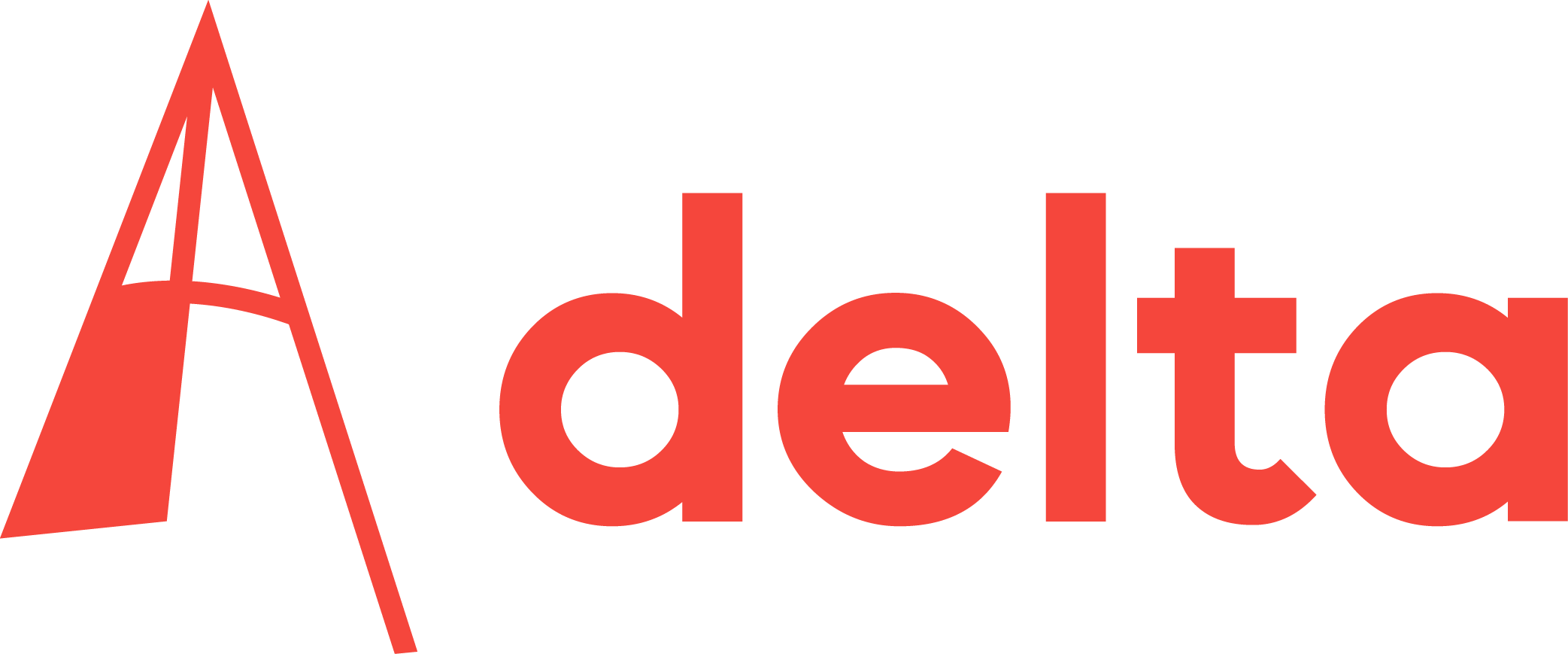Space travel is highly jeopardized by debris orbiting the world, space debris expert Ron Noomen believes.
China launched its first space lab module last week, underscoring its aspiration to become a major space power in the decades to come.
But will space travel remain possible in the years to come?
There are approximately 19,000 objects larger than 10 centimetres orbiting the earth. Rather, ironically, thousands of these threatening pieces of scrap are the result of China’s destruction of a weather satellite in 2007, which was also a display of power.
Most the debris however is the result of old, exploding upper launch vehicle stages with stored energy sources left in orbit, or collisions in space, such as the collision in 2009 of an operational American and a defunct Russian communication satellite.
Ron Noomen (AE faculty) foresees a grim future: “If no measures are taken, space travel could be over before the end of the century.”
Noomen adds that, according to some researchers, we now have breached a critical threshold, meaning that the natural decay of trash that falls back to Earth due to atmospheric drag can no longer keep pace with the new build up.
Not launching satellites for a while will not change the situation. Debris will keep accumulating due to collisions and exploding launch vehicles that are already in orbit. Eventually, a chain reaction can occur in which colliding rubble leads to an exponentially growing amount of debris.
There are many ideas on how to clean the mess. Last year, researchers who participated in the Master’s program, SpaceTech (AE faculty), suggested sending out satellites that can attach little ion thrusters to the potentially dangerous upper launch vehicle stages, so that they can be redirected into the atmosphere.
And at Noomen’s request a group of BSc students investigated the possibility of decelerating debris with lasers. By vaporizing a part of the surface of a piece of litter, little plasma plumes are created causing it to decelerate and subsequently burn in the atmosphere.
“This idea was first proposed by the US Air Force, and so a lot of information was classified,” Noomen says. “According to the students, the technology is problematic because, if not aimed precisely enough, the laser would accelerate other debris at the same time.”
Although people around the world have been hatching ideas like these for decades, Noomen says no serious attempts have been made to solve the problem. “Cleaning up the mess is costly,” he says. “And nobody wants to pay for someone else’s mess.”
Kick the kiwi is niet zomaar een coverband, vertelt de website. ‘Het is een show die over, en soms ook naast, het podium raast.’ Het repertoire varieert van classic rock als van de Golden Earring tot heftige hardrock à la Rage Against The Machine. “Geen Anouk of Bohemian Rhapsody”, benadrukt gitarist David Beijer. “Dat is top-veertig rock, een heel andere categorie dan tijdloze rock.” De gitarist stond met drummer Martijn Zeestraten in 2009 aan de wieg van de band. Binnen de muren van hun thuishonk De Koornbeurs vonden ze al snel een bassist en zanger. Ook de per ongeluk bij een band meeting aanwezige gitarist Rick Brandt werd liefdevol ingelijfd. In oktober doken ze de oefenruimte in. De ambitie was simpel: ‘zo snel mogelijk het podium op, de zaal platspelen en lol maken’.
Het eerste doel, na twee binnenoptredens, was een spetterende show op Koninginnedag, voor de deur van de Koornbeurs. Ze studeerden een hele rits nummers in. Brandt: “Het was de vraag of zoiets gewaardeerd zou worden. We wilden muziek spelen die de mensen kennen, er komen op zo’n dag immers ook ouderen langs. We twijfelden bijvoorbeeld over Fear Of The Dark van Iron Maiden. Dat duurt acht minuten.” Ze speelden het toch. “We kregen heel veel mensen aan het dansen. Niet alleen vlak voor het podium, maar ook een stukje verder bij Gall & Gall.”
Het geslaagde optreden was aanleiding om, met een nieuwe bassist, de zaken serieuzer aan te gaan pakken. “We willen overal optreden waar we maar gewenst zijn”, aldus Beijer. Naast uitbreiding van het repertoire krijgt ook het showelement veel aandacht, vertelt Brandt: “David en ik hebben allebei dezelfde soort gitaar gekocht. Daar gaan we lasers in bouwen, die spectaculaire effecten moeten geven. De ideeën daarvoor moeten alleen nog uitgewerkt worden.”



Comments are closed.